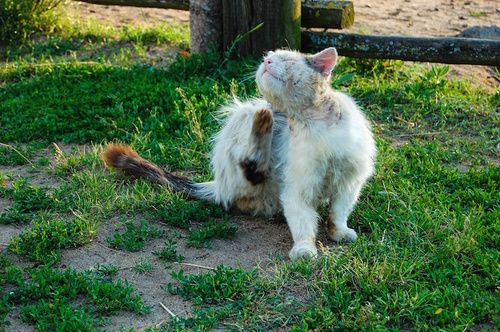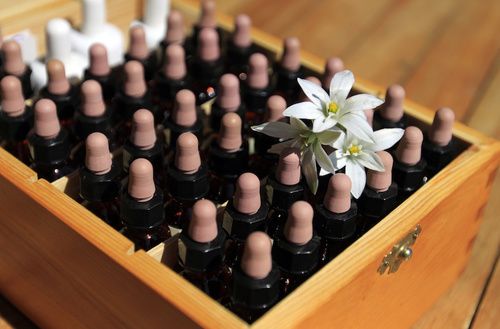Feline acne, all remedies
Feline acne is a typical cat problem that occurs with inflammation and infection of the sebaceous glands located under the chin. Let’s find out better how to deal with it.
> 1. What is feline acne
> 2. Symptoms of feline acne
> 3. Feline acne: natural cures and remedies
> 4. Natural advice

What is feline acne
Feline acne is a rather frequent problem in cats and consists in the excessive production of sebum by the sebaceous glands of the chin and lip contour : the follicles become clogged giving rise to blackheads which in turn can become infected and irritated, causing the classic pus-filled pustules, pimples.
Feline acne can affect cats of all races and ages, with more or less evident symptoms.
Feline Acne Symptoms
You can see a slight loss of hair and itching , or the various degrees of infection, up to see real pockets of extremely painful pus. In this last case, the cat absolutely does not allow itself to be touched on the chin due to the severe pain in the part.
In the lighter form, black spots form on the skin of the chin and lips, which the cat cannot reach with its car wash, eliminating the normal oily secretion of the skin glands.
When the infection occurs, a noticeable swelling of the chin appears : in severe cases, pus-filled pustules and small abscesses appear. The precise causes that trigger acne in cats are not known, although a number of probable factors have been identified such as stress , poor general hygiene, allergy to certain foods, pathologically overactive sebaceous glands or an allergic reaction to plastic with their bowl is made up of.
Discover also Bach flowers for animal care

Feline acne: natural cures and remedies
The first treatment to be carried out is to wash the area affected by acne with neutral soap and rinse thoroughly with hot water to which add a drop of lavender essential oil ; dry well, so as not to leave traces of humidity that favor the spread of the infection.
The skin should be kept dry with applications of rice starch , for light-haired cats, and clay dust for those with dark coats. Non-serious cases react well with this treatment, which must be continued for a long time to avoid relapses.
The most serious cases , on the other hand, with clearly infected areas, should be observed by the veterinarian , who can puncture the pustules, let out the pus, medicate and, if necessary, prescribe an antibiotic treatment. As a prevention and support treatment for antibiotic treatments, administer 20 drops of Ribes nigrum , glycerine macerate, at each water change. Feline acne is not contagious.
Natural Tips
A change in diet can be very beneficial when you are in the presence of these skin forms.
You can also try to change the cat’s bowl for a glass or metal one to assess if this skin reaction can be caused by the plastic and wash them thoroughly every day so that bacteria do not proliferate.
In cats with particularly oily skin it is good practice to clean the nose after meals .
Also discover the natural remedies for cat fleas




























+ There are no comments
Add yours